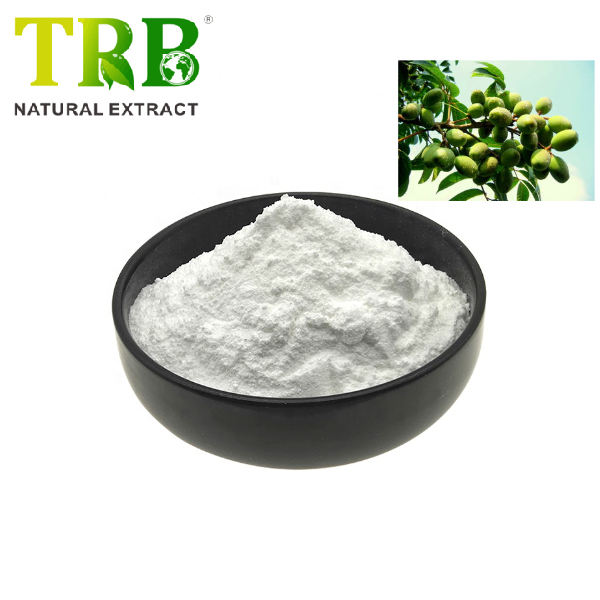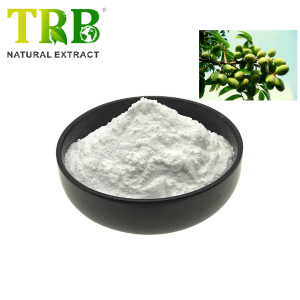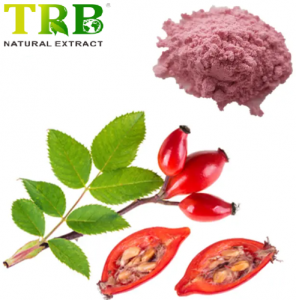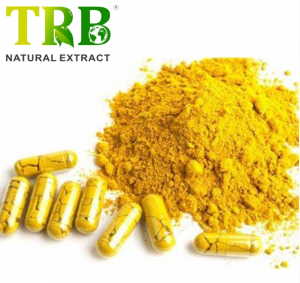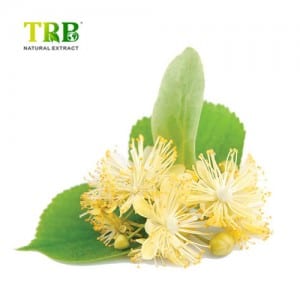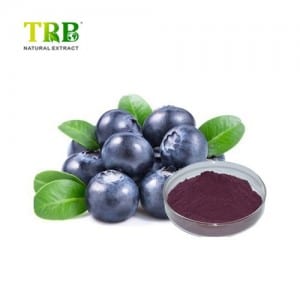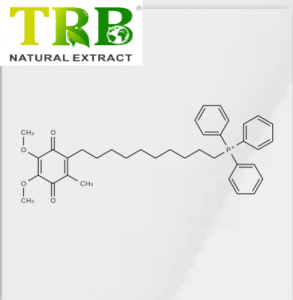Product Name:Oleanolic Acid 98%
Specification:98% by HPLC
Botanic Source:Olea Europea Extract
Chemical Name:(3β)-3-Hydroxyolean-12-en-28-oic acid
CAS No:508-02-1
Part Used:Leaf
Colour:White powder with characteristic odor and taste
GMO Status:GMO Free
Packing: in 25kgs fiber drums
Storage:Keep container unopened in cool, dry place,Keep away from strong light
Shelf Life:24 months from date of production
Oleanolic Acid Powder | Natural Liver Protector & Anti-Inflammatory Superstar
CAS No.: 508-02-1 | Purity: ≥95% HPLC | Plant-Sourced & Non-GMO
Product Overview
Oleanolic Acid Powder is a high-purity triterpenoid compound extracted from olive leaves, cloves, and Ligustrum lucidum (privet fruit), renowned for its hepatoprotective, antioxidant, and metabolic health benefits. With ≥95% purity verified by HPLC, this bioactive ingredient is ideal for dietary supplements, functional foods, skincare, and pharmaceutical research. Supported by extensive preclinical studies, it addresses modern health priorities like liver detoxification, diabetes management, and chronic inflammation.
Key Benefits
✅ Liver Health & Detoxification
- Protects hepatocytes from toxin-induced damage (e.g., alcohol, heavy metals).
- Enhances glutathione synthesis for superior antioxidant defense.
✅ Anti-Diabetic & Metabolic Support
- Improves insulin sensitivity and glucose uptake via AMPK pathway activation.
- Reduces lipid accumulation to combat obesity-related disorders.
✅ Potent Anti-Inflammatory & Antioxidant
- Inhibits NF-κB and COX-2 pathways to alleviate chronic inflammation.
- Scavenges free radicals (ROS) and slows oxidative aging.
✅ Skin Barrier Enhancement
- Strengthens collagen integrity and reduces UV-induced damage.
- Ideal for anti-aging creams, acne treatments, and sensitive skin formulations.
✅ Research-Backed Applications
- Studied for anticancer, antiviral (e.g., hepatitis B), and cardiovascular protection (preclinical data).
Applications
- Dietary Supplements
- Capsules, tablets, or powders for liver detox, blood sugar balance, and immune support.
- Suggested dosage: 50–200 mg/day (consult healthcare provider).
- Functional Foods & Beverages
- Added to herbal teas, detox blends, or metabolic health drinks.
- Cosmetic Formulations
- Anti-aging serums, acne creams, and barrier-repair lotions.
- Pharmaceutical R&D
- Investigational compound for liver disease, diabetes, and oncology therapeutics.
Quality & Compliance
Certifications & Testing
- ≥95% Purity by HPLC (COA provided).
- Non-GMO, gluten-free, allergen-free, and vegan-friendly.
- Heavy metals, pesticides, and microbial limits meet USP/EP standards.
Storage & Stability
- Store in airtight containers at 15–25°C, protected from light and humidity.
- Shelf life: 24 months in original packaging.
Why Choose Our Oleanolic Acid Powder?
Clinically Validated
- Backed by 100+ peer-reviewed studies on liver protection and metabolic benefits.
Customizable Formats
- Available as bulk powder (1kg–50kg), micronized particles, or premix blends.
- MOQ flexible for startups and large-scale manufacturers.
Global Regulatory Compliance
- Compliant with FDA GRAS, EU Novel Food, and Australia TGA guidelines.
- Fast shipping to the USA, Europe, and Asia with full documentation support.
FAQ
Q: Is Oleanolic Acid safe for long-term use?
A: Yes, animal and human studies show safety at recommended doses. Avoid exceeding 300 mg/day without medical advice.
Q: Can it replace prescription liver medications?
A: No. It supports liver health but is not a substitute for prescribed treatments.
Q: Do you offer formulation stability testing?
A: Yes! Our lab provides compatibility testing for supplements, creams, and beverages.
Order Now
Keywords: Oleanolic Acid Powder Supplier, Natural Liver Support Supplement, High Purity Triterpenoid, Anti-Inflammatory Plant Extract
